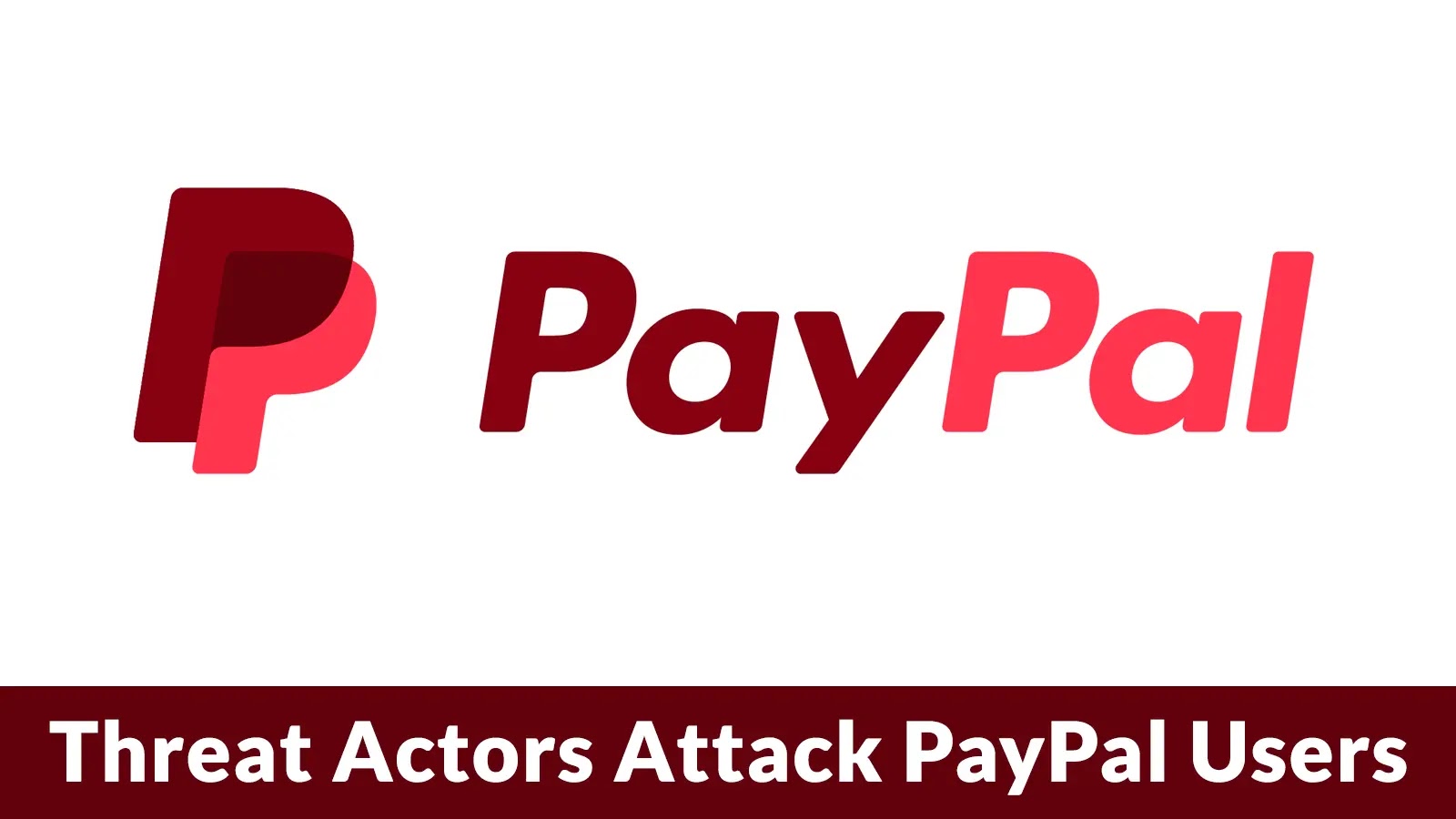
Threat Actors Attack PayPal Users in New Account Profile Set up Scam
PayPal, a cornerstone of online financial transactions, has recently become the target of a highly sophisticated phishing campaign. This isn’t a simple “click here” email scam; threat actors are employing advanced techniques, including deceptive “Set up your account profile” emails, to compromise user accounts through an ingenious secondary user addition scheme. As cybersecurity professionals, understanding the nuances of this attack is crucial for safeguarding digital assets and educating users.
The Anatomy of a Sophisticated Phishing Attack
This latest campaign against PayPal users represents a significant evolution in financial fraud methodologies. Unlike traditional phishing attempts that often rely on easily identifiable grammatical errors or suspicious links, this attack leverages advanced email spoofing and psychological manipulation to bypass standard security awareness measures. The core of the operation involves convincing users to “set up” a new account profile, which then leads to a subtle but critical compromise.
The “Secondary User Addition” Scheme
The innovative aspect of this particular phishing campaign lies in its use of a “secondary user addition” tactic. Instead of directly asking for credentials, the attackers guide victims through a process that, unbeknownst to them, grants the threat actors access by adding them as an authorized user or through a similar mechanism. This misdirection conceals the true intent of the phishing attempt, making it incredibly difficult for even security-conscious individuals to identify the compromise in real-time. The attackers skillfully exploit the user’s trust in a legitimate process (setting up a profile) to facilitate unauthorized access.
Advanced Tactics Employed by Threat Actors
The success of this campaign is largely attributable to the refined tactics utilized by the attackers. These include:
- Advanced Email Spoofing: The phishing emails are meticulously crafted to appear legitimate, often replicating PayPal’s official branding, logos, and communication styles with uncanny accuracy. This makes it challenging for email filters and human users to detect the deception.
- Psychological Manipulation: The “Set up your account profile” prompt plays on a user’s natural inclination to complete tasks related to their account, leveraging urgency or the desire to maintain account integrity. This emotional manipulation bypasses rational analysis, making users more susceptible to the scam.
- Evasion of Traditional Security Measures: By not directly requesting login credentials initially and instead focusing on an “account setup” process, the attack often bypasses common phishing detection mechanisms that look for credential harvesting forms.
Remediation Actions and User Safeguards
Protecting against such sophisticated phishing attacks requires a multi-layered approach, combining user education with robust technical controls. For individuals and organizations, the following remediation actions are critical:
- Verify Sender Authenticity: Always scrutinize the sender’s email address, not just the display name. Legitimate PayPal communications will come from official paypal.com domains.
- Avoid Clicking Links in Suspicious Emails: Never click on links in emails that prompt you to “verify” or “set up” your account. Instead, navigate directly to the official PayPal website (www.paypal.com) by typing the URL into your browser.
- Enable Multi-Factor Authentication (MFA): MFA adds a crucial layer of security, making it significantly harder for attackers to gain access even if they manage to acquire credentials.
- Regularly Monitor Account Activity: Periodically review your PayPal transaction history and account settings for any unauthorized activity. Report suspicious transactions immediately.
- Educate Users on Social Engineering: Conduct regular training sessions on recognizing and reporting phishing attempts, emphasizing the psychological tactics employed by threat actors.
- Utilize Email Security Solutions: Implement advanced email security gateways that include robust anti-spoofing, anti-phishing, and DMARC enforcement capabilities.
Relevant Tools and Technologies for Detection and Mitigation
Organizations can leverage various tools and technologies to bolster their defenses against these evolving threats.
| Tool Name | Purpose | Link |
|---|---|---|
| Phishing Email Simulators | Train employees to identify and report phishing attempts through simulated attacks. | KnowBe4, Cofense |
| Email Security Gateways | Provide advanced threat protection, including anti-phishing, anti-spoofing, and malware detection. | Proofpoint, Mimecast |
| DMARC Analyzers | Help ensure email authenticity and prevent spoofing by properly configuring DMARC, SPF, and DKIM records. | dmarcian, Valimail |
| Security Information and Event Management (SIEM) | Aggregates and analyzes security logs for anomalies and suspicious activities that may indicate a compromise. | Splunk, IBM QRadar |
Conclusion
The recent “Set up your account profile” scam targeting PayPal users underscores the increasing sophistication of cyber threats. Threat actors are continually evolving their methods, moving beyond simple credential harvesting to more complex social engineering schemes. As cybersecurity professionals, our collective responsibility is to stay informed, implement robust protective measures, and empower users with the knowledge necessary to defend themselves. Vigilance, education, and the strategic deployment of security technologies remain our strongest defenses against these persistent and evolving attacks.





